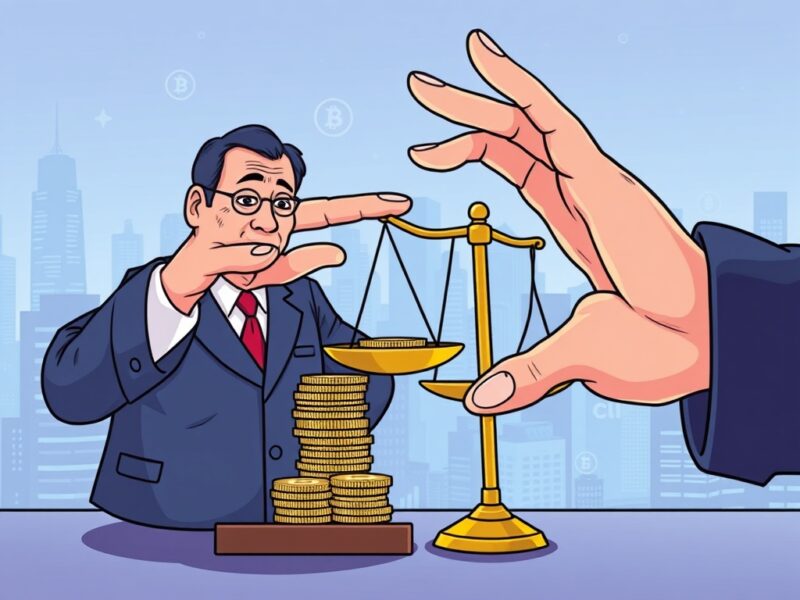XRP Compared to Amazon’s Pre-Boom Days, Analyst Predicts $100–$200 Surge
Popular crypto analyst Nick Anderson believes XRP current trajectory resembles Amazon’s (AMZN) performance just before its explosive rally. Anderson shared this view in a recent episode of his Bullrunners show. Notably, he compared XRP’s recent price action to Amazon’s stock history. He emphasized that AMZN traded sideways for about 3,800 days—more than 10 years—starting from the year 2000. Anderson pointed out that Amazon’s stock finally broke out in a massive cup-and-handle pattern in 2010. Following the breakout, AMZN entered a consolidation phase before skyrocketing from $5 to $200—a staggering 3,900% rally. He noted this explosive run unfolded over 15 years, from 2010 to 2025. XRP to Hit $100 - $200 Interestingly, he suggested that XRP has mirrored AMZN’s performance over the years and that the third-biggest token is currently in a similar consolidation phase. Like AMZN did before its massive rally, Anderson claims XRP is using its previous high as support. With XRP trading around $2.75 at the time of the analysis, he emphasized that the token is not far from the point — $5 — where AMZN began its rally. As XRP continues to mirror Amazon’s performance, Anderson speculated that the token could theoretically reach $100-$200, just like Amazon. However, he noted that it would take years for XRP to achieve this milestone. Notably, the analyst believes many long-term holders, particularly those within the age of 30, could become wealthy if XRP climbs to a minimum target of $100. He assumes that by the time XRP reaches $100, these young investors will have turned 45 to 50 years old. He estimates that if XRP reaches $100, a holding of 10,000 tokens would be valued at $1 million. XRP Short-Term Target While expecting the forecast to take several years to materialize, Anderson predicted that XRP could soar to around $5 to $30 in the current cycle. After this cycle’s rally, Anderson anticipates a major crash, which would eventually pave the way for “true adoption.” By 2030 and beyond, he expects to see strong price appreciation that will ultimately propel XRP’s price to the $100-$200 level. According to him, XRP could attain the ambitious $100-$200 target faster than expected, especially if it sees massive liquidity – similar to what happened before the 2017 surge. Meanwhile, the $100 price target is not new to XRP. As reported earlier, community commentators such as Linda Jonas and Moonshilla have predicted XRP’s spike to a lofty target. In the meantime, the price of XRP is up 0.94% over the past 24 hours as it trades at $2.83. It has once again overtaken USDT and now ranks as the third-biggest cryptocurrency globally. To reach the $100-$200 target, XRP must soar by 3,433% and 6,967%.
You May Also Like

US DOJ reports record $225 million seizure of funds related to crypto confidence scams

A whale donated 10 BTC to Ukraine 30 minutes ago
